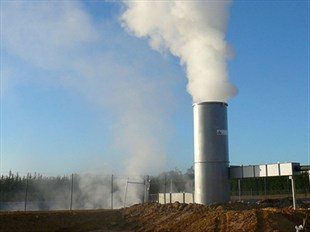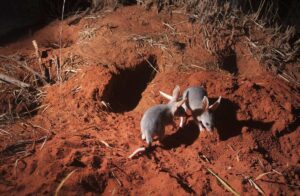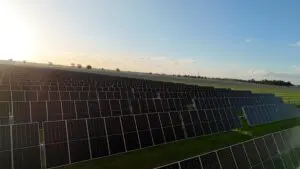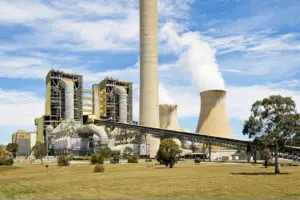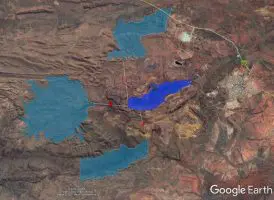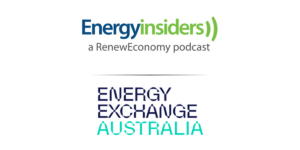Panax Geothermal has formed a strategic partnership with the University of Melbourne to try to understand where it went wrong on its Penola geothermal prospect in the south-east of South Australia; and what it needs to do to get the project on track.
The Penola project has been more or less on hold since last year, when testing from its Salamander 1 well revealed higher than expected temperatures, but poor flow tests – meaning that the heat trapped in hot sedimentary aquifers (HSA) some 4000m below the surface would be more difficult, and more expensive, to extract.
To best understand what mistakes it made, and how it might address the issues in future, Panax is teaming up with the University for a two-year collaboration to draw on its expertise and access some of the $23 million in funds attached to the Australian Geophysical Observing System, a research infrastructure platform funded by AuScope.
The outcome will be crucial not just for Panax, but many other geothermal aspirants as well. HSA was regarded as less “cutting edge” than the hot dry rocks technologies being pursued elsewhere, because the depths were shallower and the drilling not as daunting, and therefore more easily commercialised.
Origin Energy encountered similar “permeability” problems when it drilled in its “shallows” resource in the Cooper Basin last year, and put on hold – at least temporarily – plans to develop up to 300MW of HSA capacity as a prelude to the deeper, and more lucrative, resources in its “deeps” joint venture with Geodynamics.
Panax CEO Kerry Parker says the company is still confident that up to 1500MW of geothermal resources in the Otway Basin can be exploited. But he won’t be drawn on a timeline for when that might happen, suggesting the geothermal industry has, in the past, done itself a disservice for providing over-optimistic predictions, and then failing to deliver.
“In a lot of ways, we regard Salamander as a great success – no one had drilled to that depth onshore in this country before. We did it quite quickly, we got a greater temperature than we were after, but we didn’t get the flow rate,” he told RenewEconomy in an interview.
“We have got our own view on that – and the work from Melbourne Uni will be aimed at verifying what we believe. We still think that there is an exploitable resource there – it has proven temperature, it can be easily drilled and it sits directly under the grid.”
Panax anticipates the research will deliver insight into downhole logging with temperature and seismic logging tools, and in-situ stress analysis. Laboratory-based research is also set to be carried out.
Once completed, Panax hopes to then use the information to apply for further funding under the Emerging Renewables fund, so that it can remediate the Salamander-1 well and drill others.
Parker says he expects the region will be a major contributor towards Australia’s clean energy targets, given the size of the project and its strategic location. “But we wont be tied on time frame,” he was quick to add. “As an industry we’ve gone wrong on given those sort of forecasts.”

